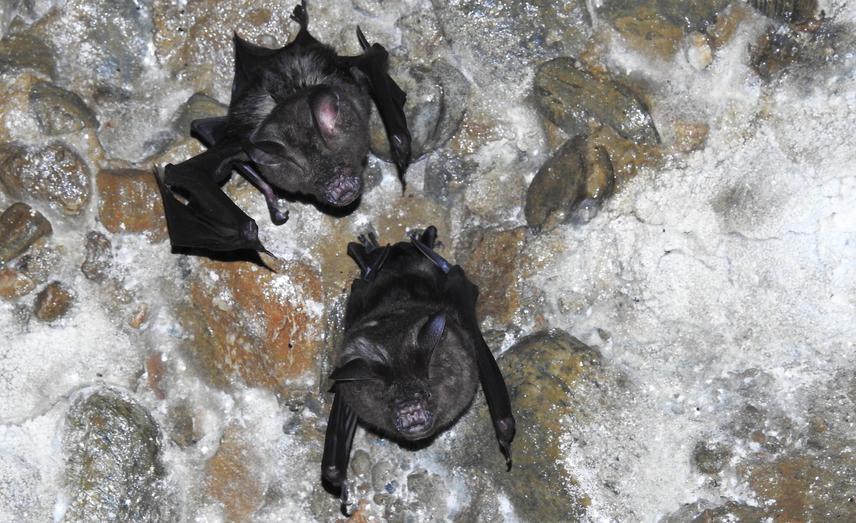Basant Sharma
Other projects
4 Jul 2017
Bats Survey and Conservation Outreach Programs along Kaligandaki Canyon of Nepal
25 Jun 2019
Bats and Caves: Seasonal Monitoring and Conservation in Kaligandaki Canyon, Nepal
Conservation efforts critically require a groundwork of understanding the diverse array of species that inhabit shared landscapes. This is especially important in highly diverse but understudied regions like the Himalayas, where biodiversity is also considered highly threatened, despite a continuing lack of modern molecular evidence for investigating evolutionary trajectories or the current status of species. Given knowledge from other montane systems globally, it is inevitable that modern bat diversity in the Himalayas has been shaped by its history of environmental and geographic complexity over time. However, how this has led to the formation of contemporary bat community assemblages requires critical consideration.

Individuals of great Himalayan leaf-nosed bat (Hipposideros armiger) roosting in a cave. © Basant Sharma.
This project proposes to enhance conservation by studying the biogeographic origins and histories of diversification of Himalayan bats through Nepal, correlating the climatic and geological history of the Himalayas with species diversification. The study will primarily focus on detailed phylogenetic assessments of bats across Nepal to resolve relationships among species and community assembly over time based on historical biogeography. Over the span of two years, the study aims to: a. sample bats across Nepal, including different places in the eastern, central, and western regions as well as tropical/sub-tropical and temperate regions, and b. perform conservation outreach programs to raise awareness about bats.
More broadly, the research component of the project will be for a doctoral dissertation at the Division of Biology, Kansas State University, Manhattan, Kansas. Alongside the Rufford Foundation, the project is supported by the Bat Conservation International and the American Society of Mammologists.
Header: Colony of great Himalayan leaf-nosed bat (Hipposideros armiger). © Basant Sharma.